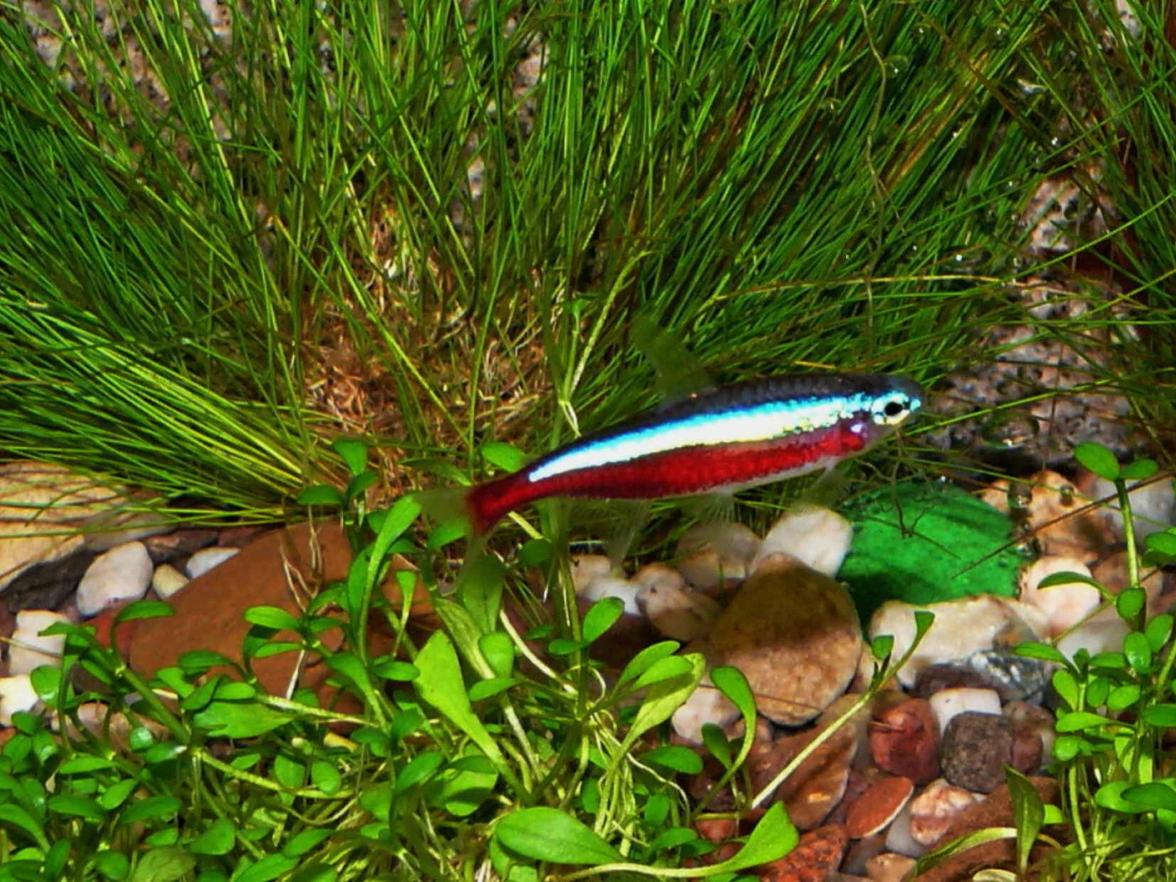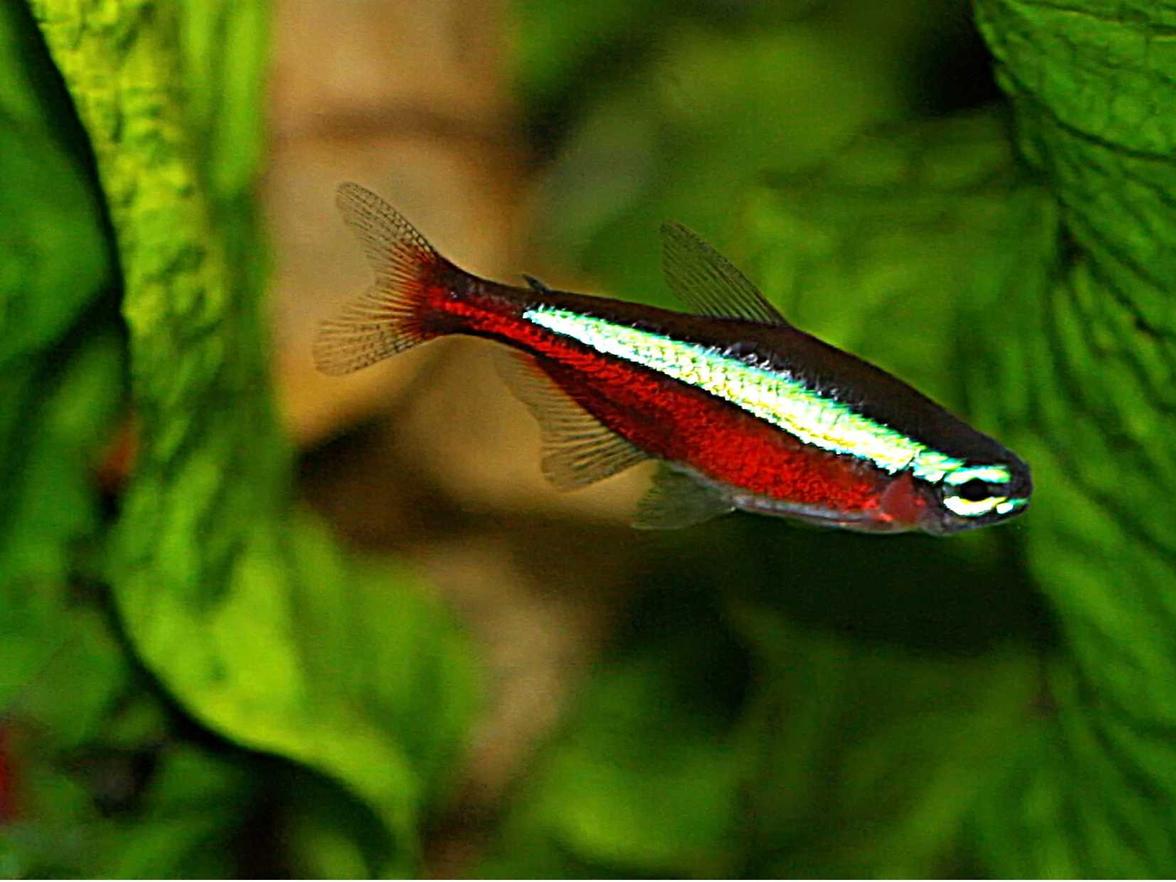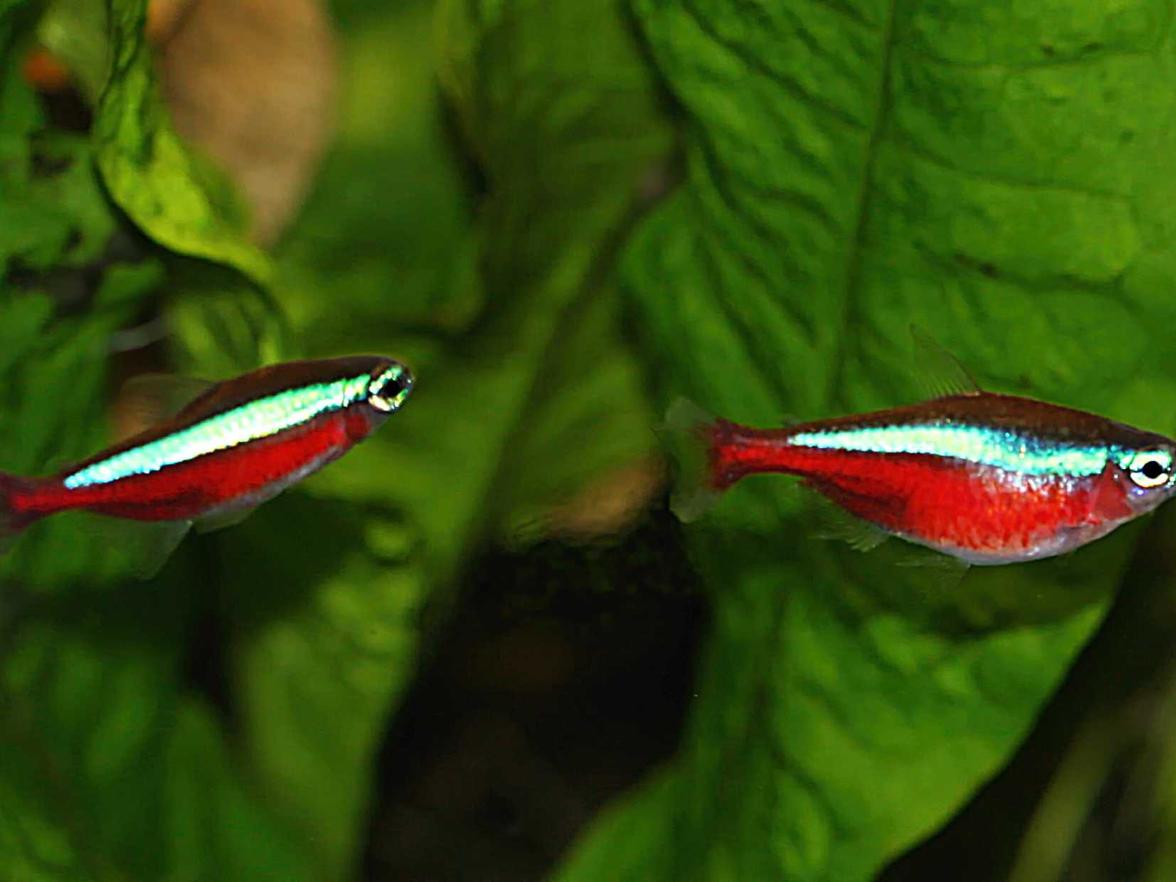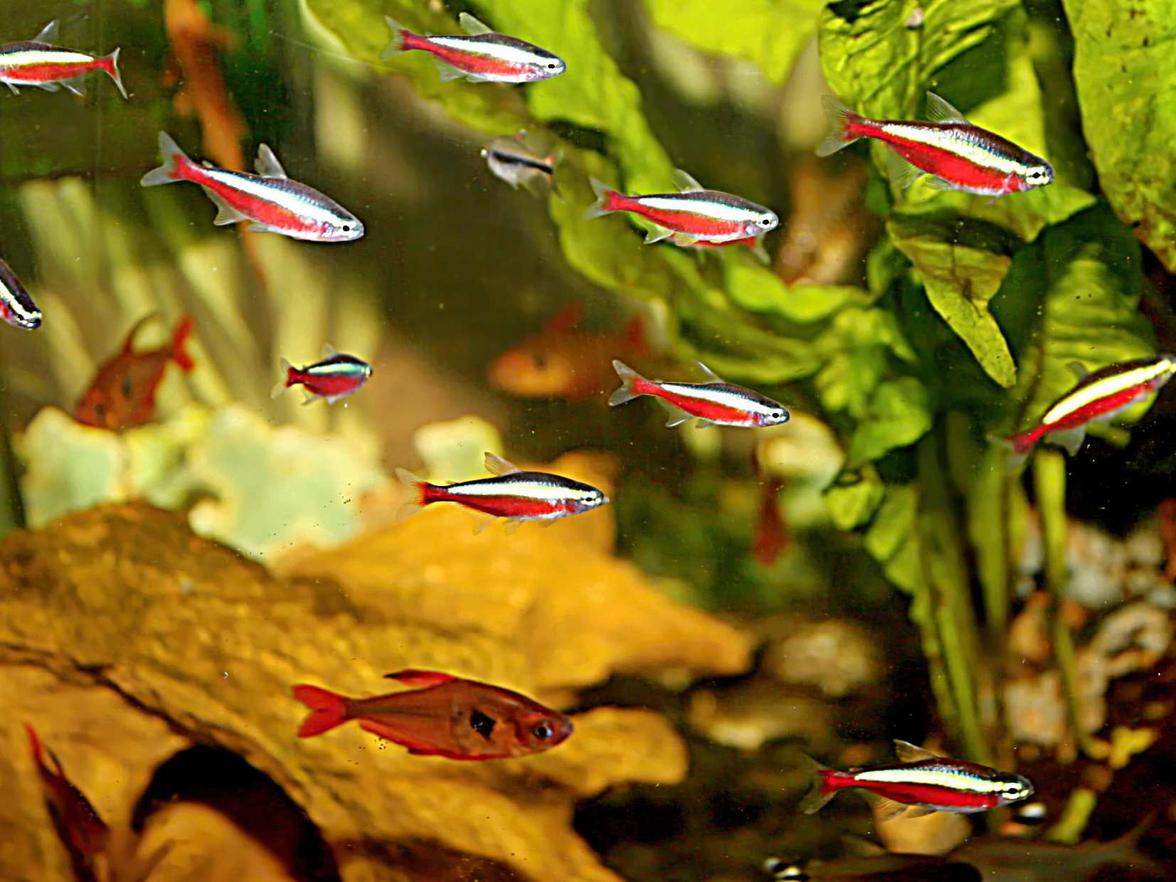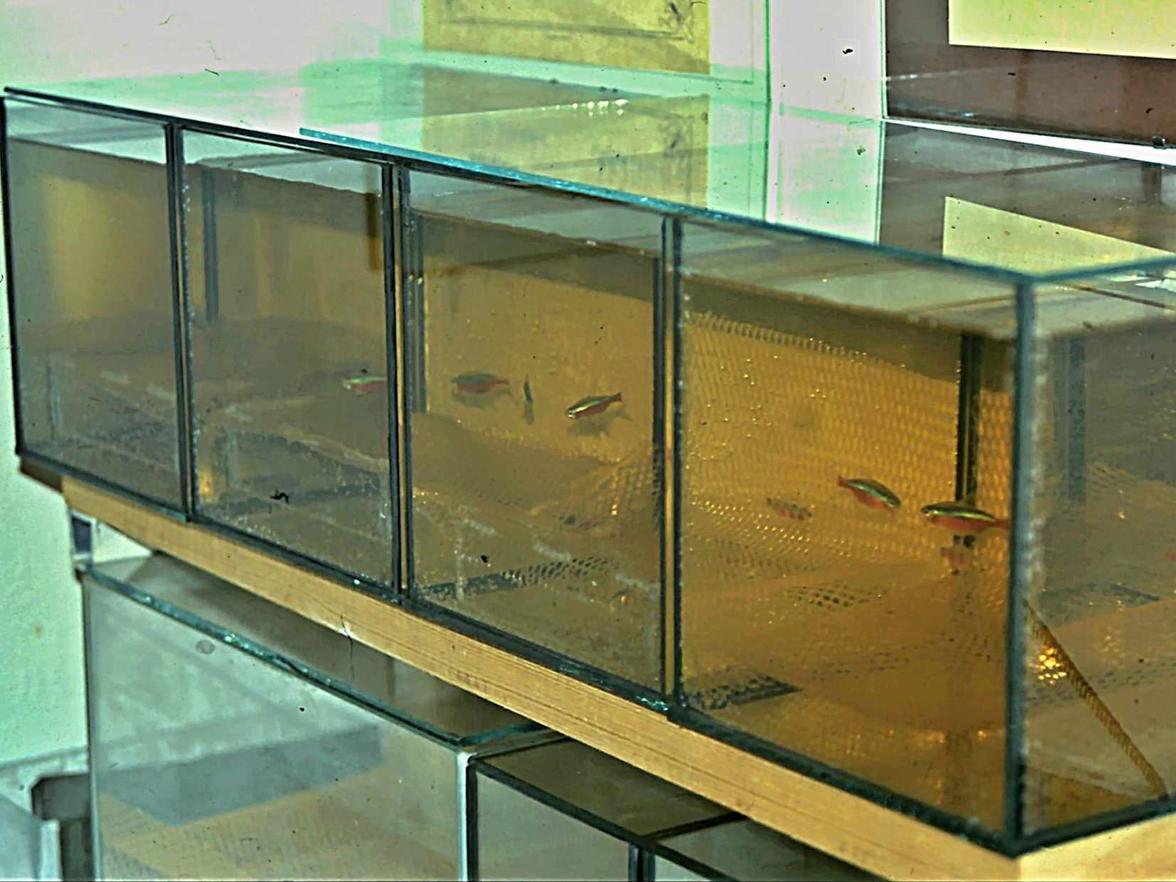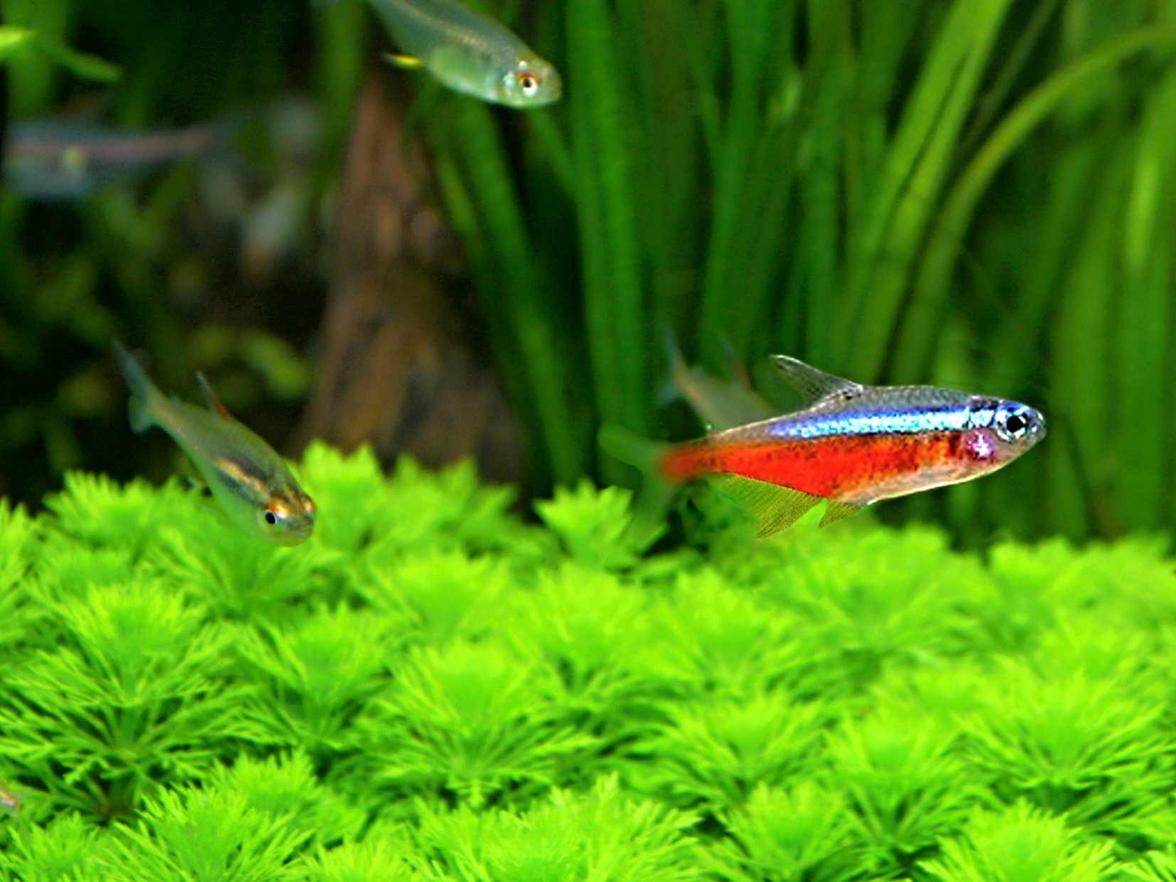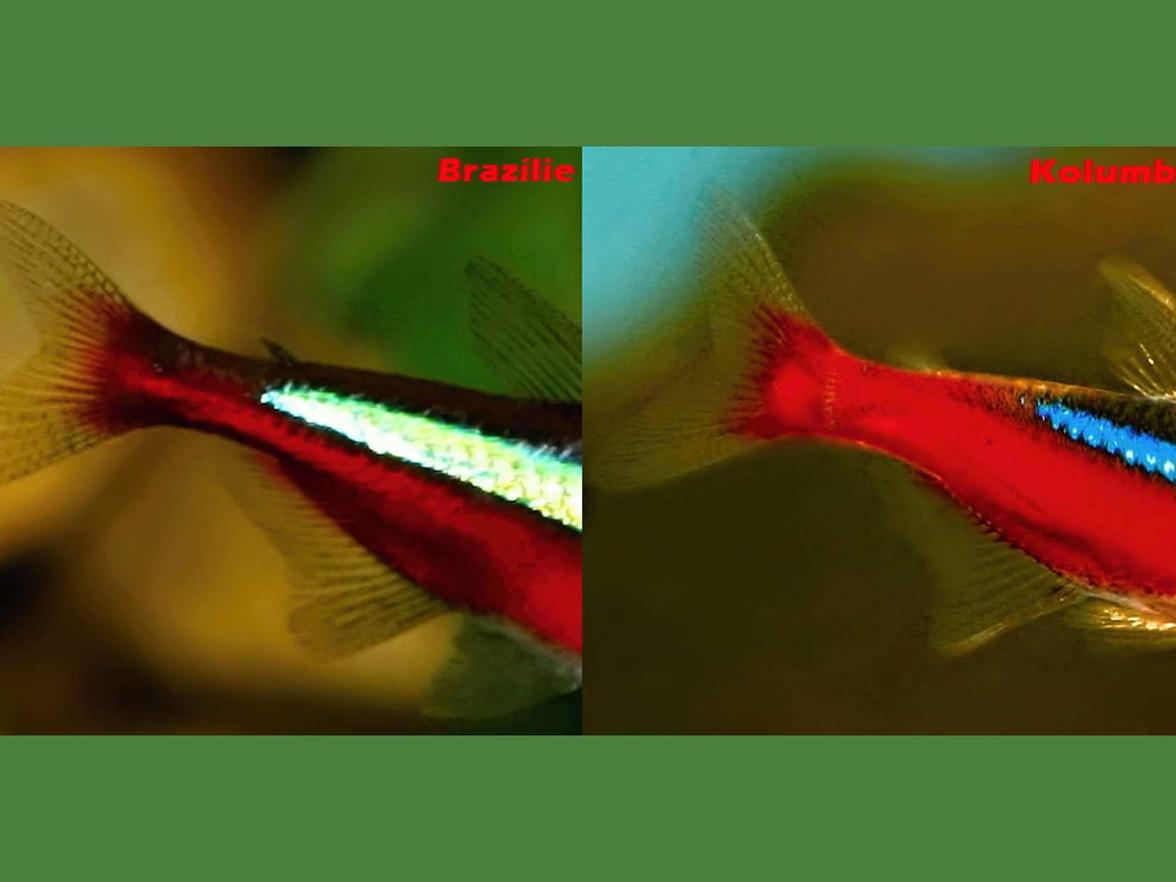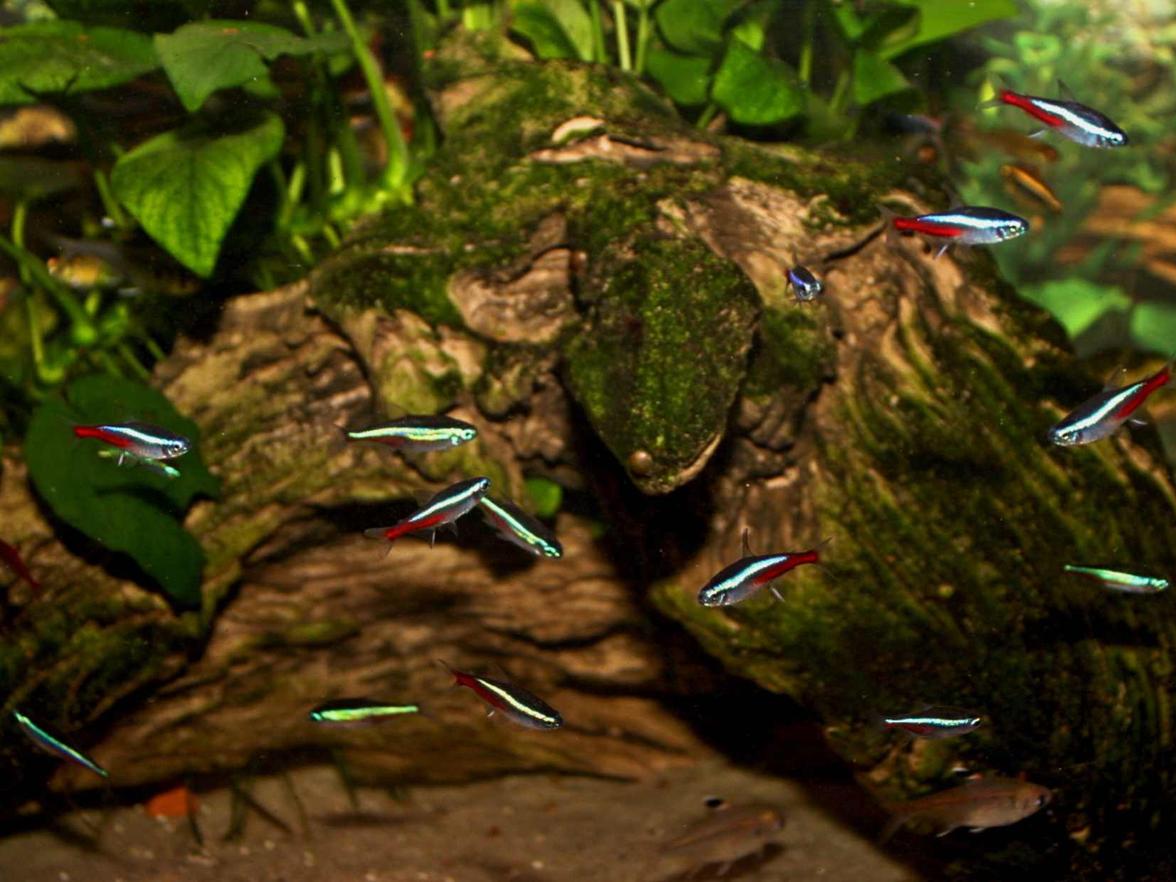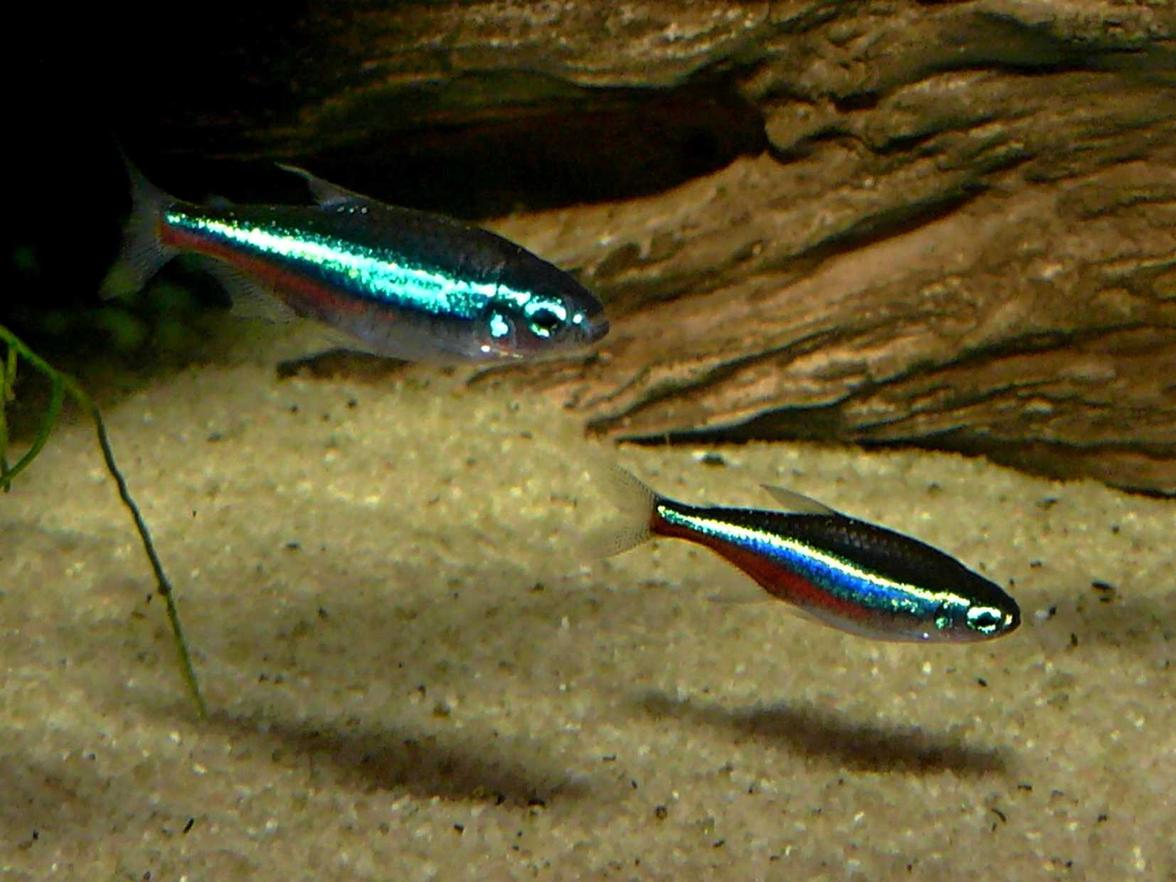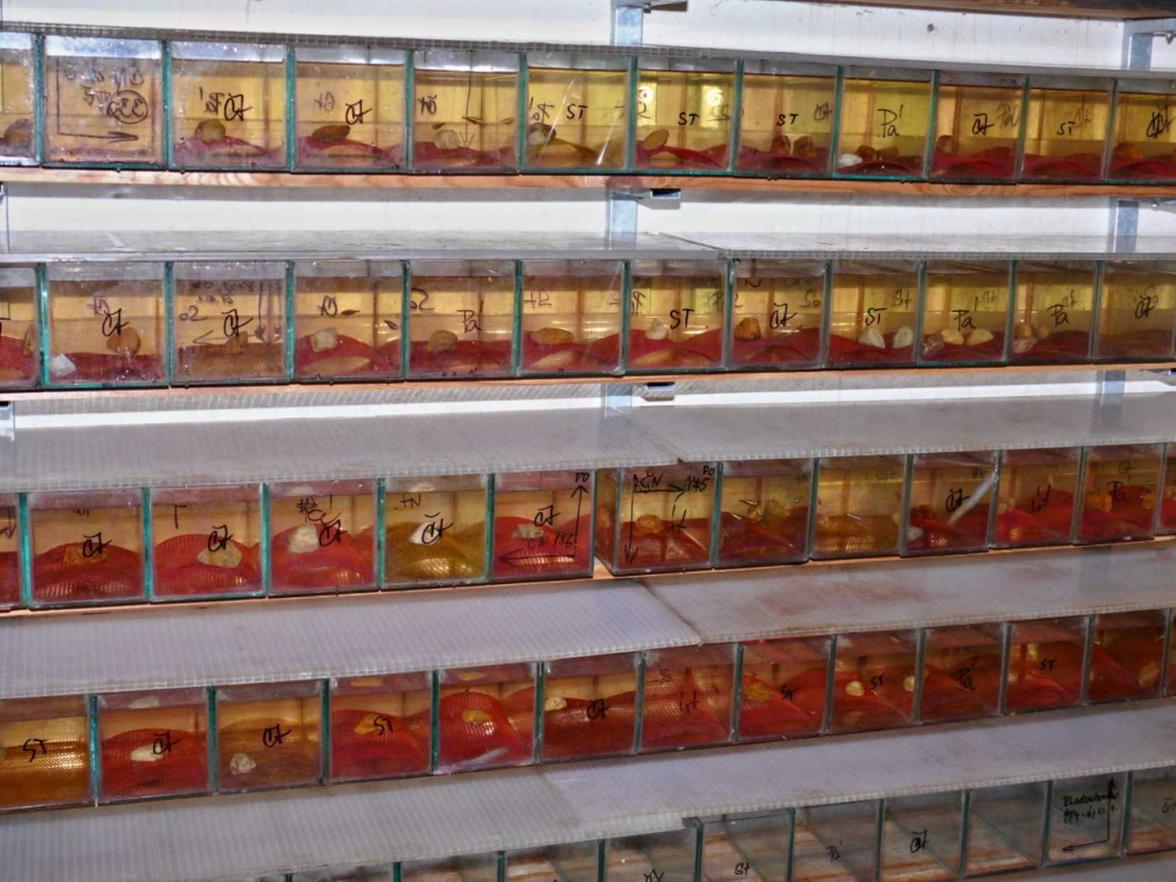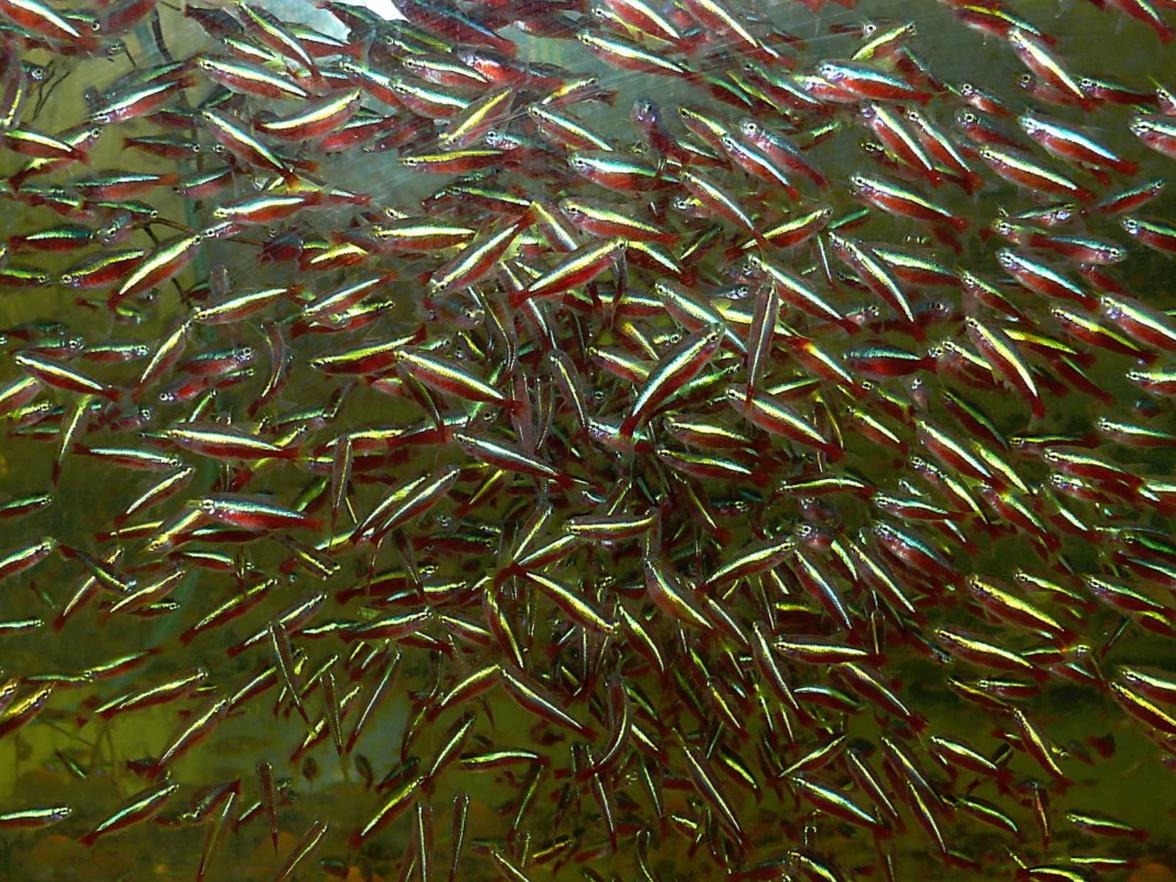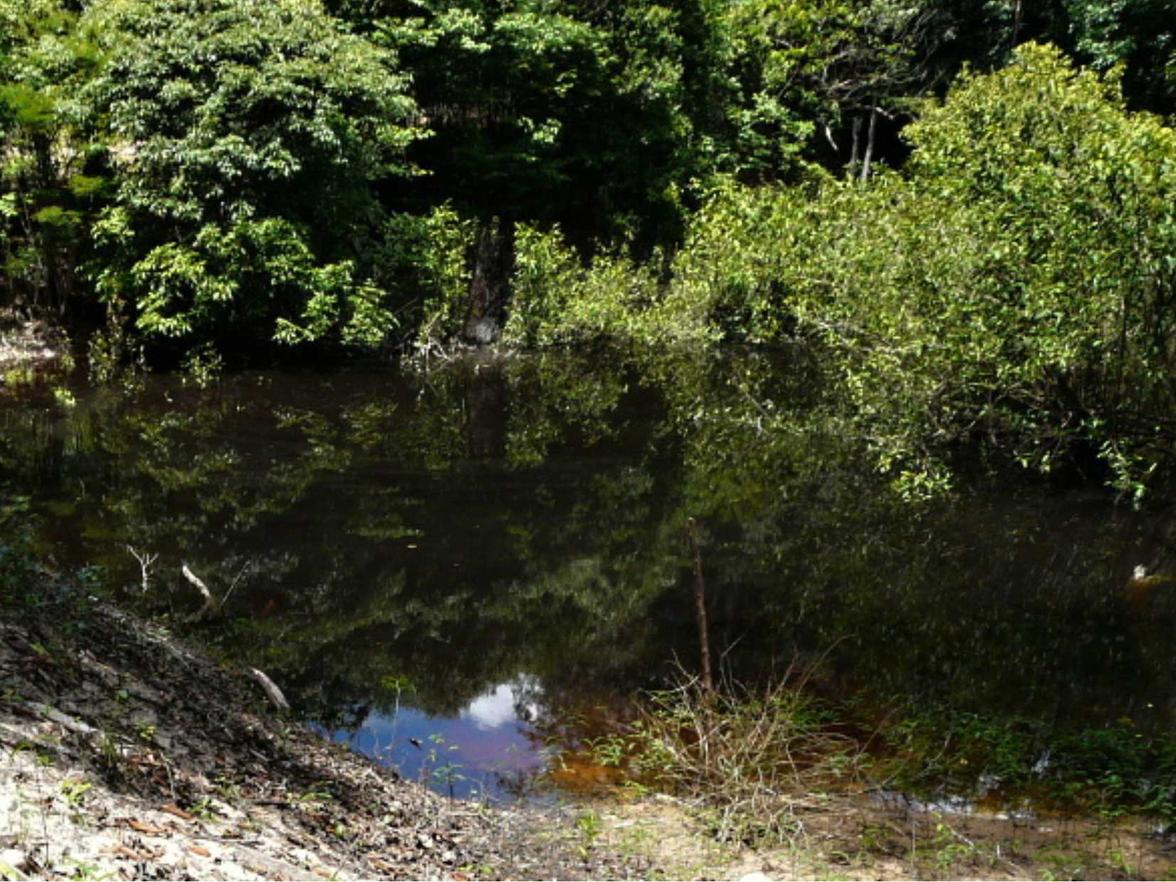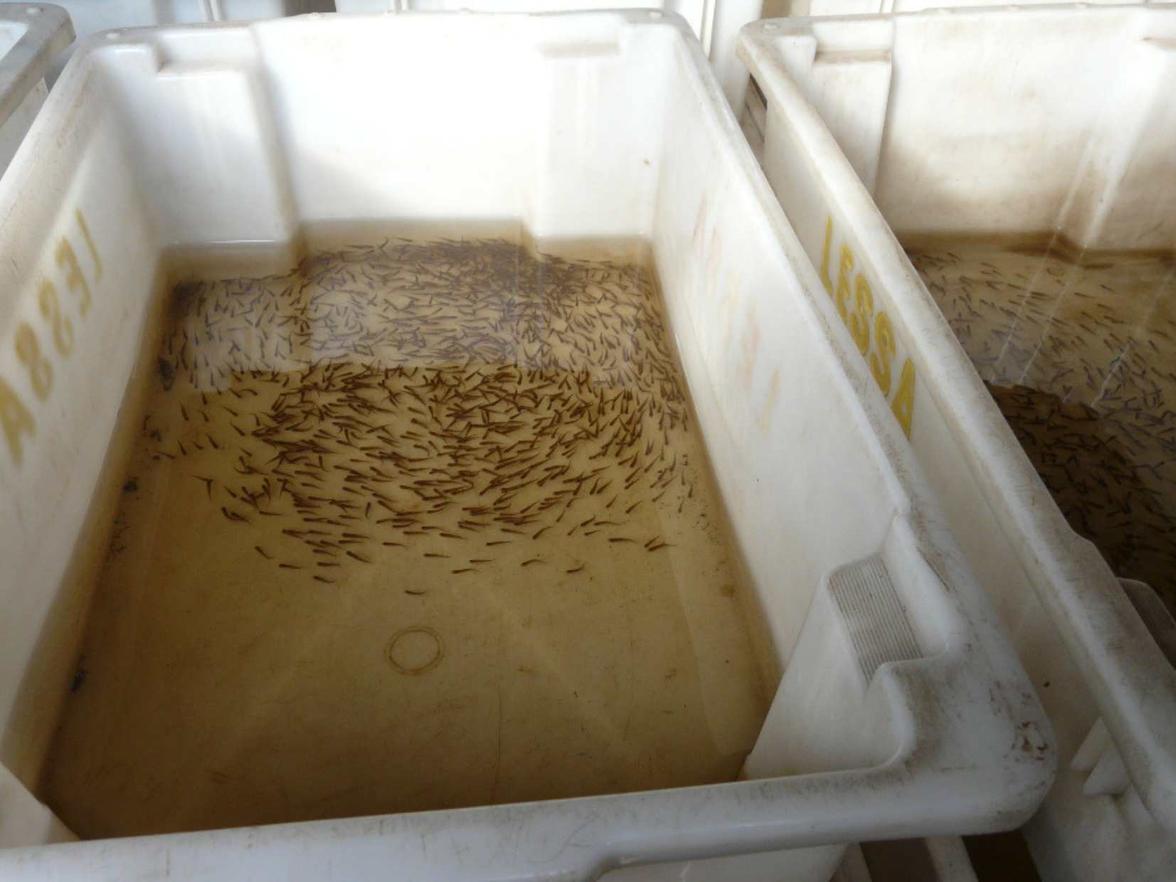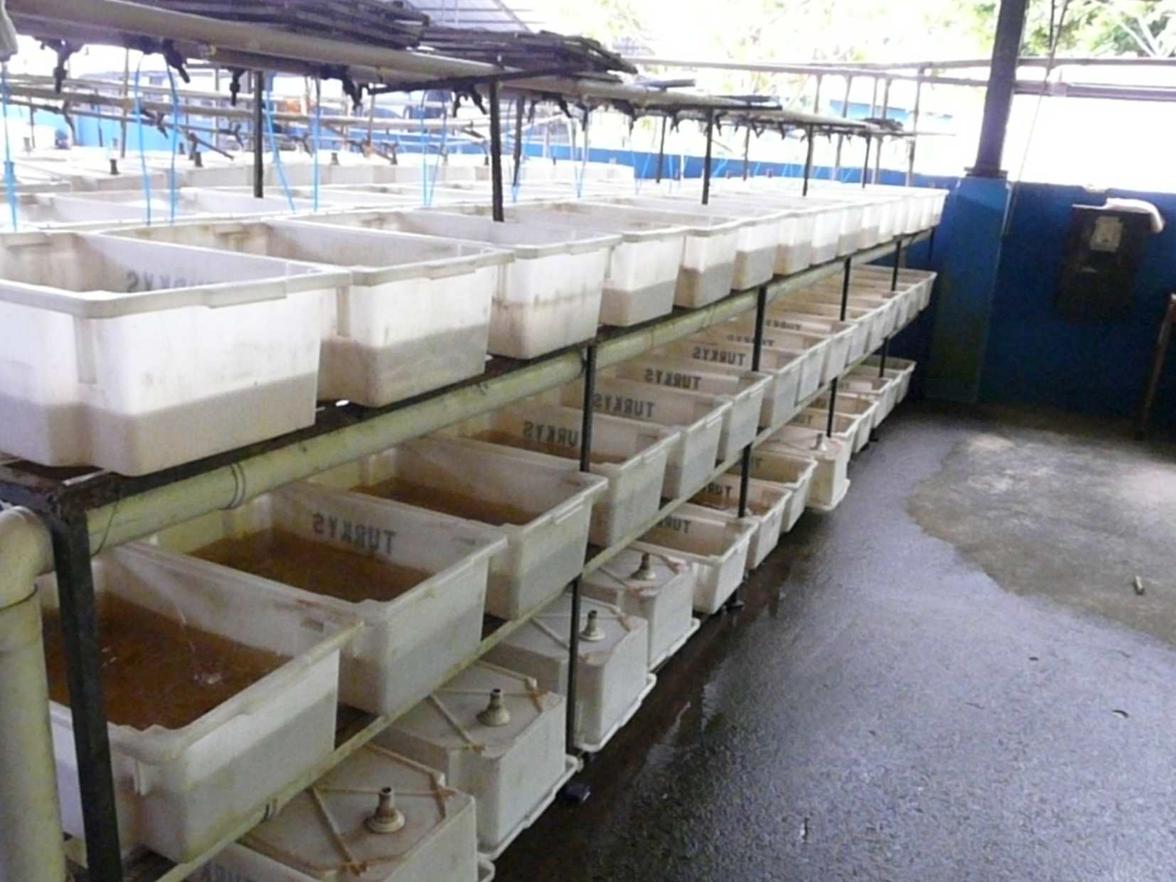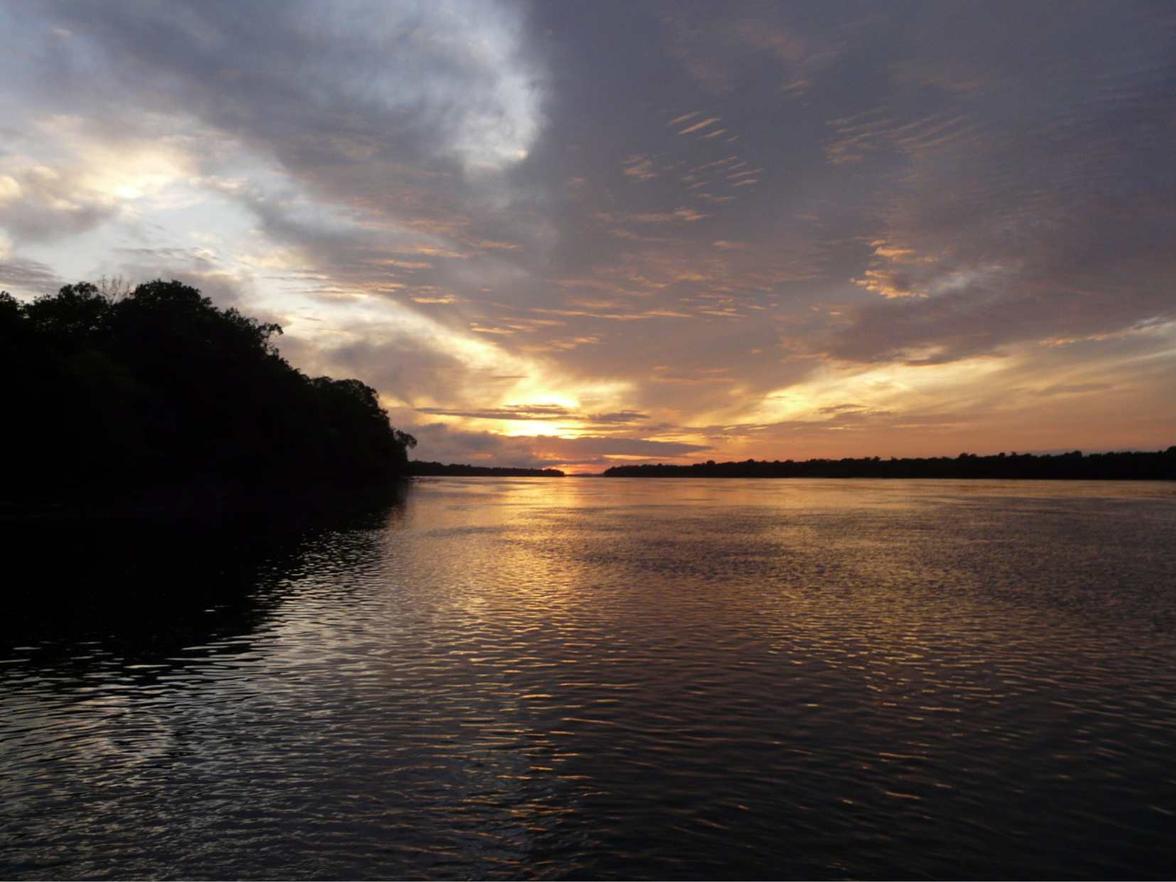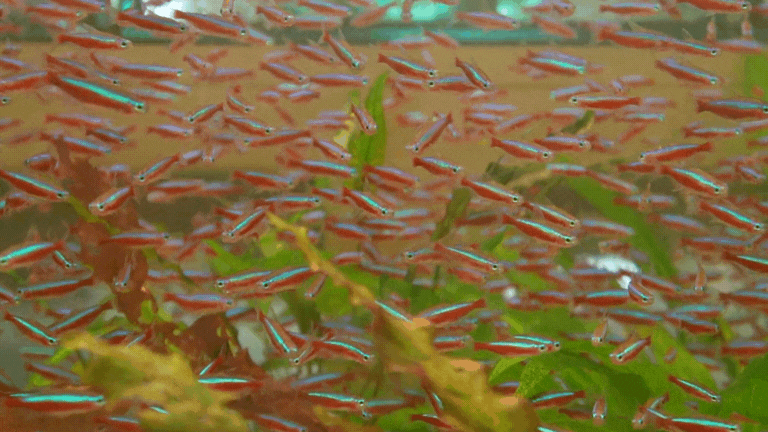Neon tetra (Paracheirodon axelrodi), the best-selling aquarium fish and a legend of aquaristics, has been accompanying breeders since the 1950s. The text summarizes key and still relevant information: from historical disputes about its scientific name to its homeland in the soft waters of the Rio Negro and Colombia. Find out what the difference is between Brazilian and Colombian populations, what this fish feeds on in the wild (it is a predator!), and what proven methods Czech breeders use for its successful breeding.
The red neon tetra has been known in our aquariums since the 1950s and remains the best-selling aquarium fish. Together with the common neon Paracheirodon innesi, they occupy the top spots in various "Top Ten" lists in several European countries. A lot has already been written about this fish. However, new knowledge continues to emerge, which is good for aquarists to remember.
The red neon tetra is probably the most well-known aquarium fish of all time. Since its discovery, thousands of pages have been written about it in various languages. The first mention of the red neon tetra comes from a letter by Prof. Dr. H. SIOLI dated February 16, 1953. At the beginning of 1956, Americans named it the world-famous name "Cardinal Tetra," Hyphessobrycon cardinalis. However, this resulted in disputes, especially within the International Commission on Zoological Nomenclature. Therefore, in the same year, it was transferred by SCHULTZ to Cheirodon axelrodi. It is thanks to WEITZMAN and FINK (1983) that the genus name has stabilized to the current Paracheirodon. Thus, even after several renamings, it has remained the same for aquarists. Beautiful, attractive, but sometimes occasionally problematic for successful breeding. Today, there are many skilled Czech aquarists who breed this fish in the thousands. They are responsible for its price dropping to the level of Asian fish prices. While around the middle of the last century its price was 300,- CZK, now aquarists usually sell it for 6-8 CZK. Before the revolution, we usually received 15,- CZK for it. In stores, its price fluctuated around 20 CZK per piece.
Homeland
The fish originates from the upper and middle basin of the Rio Negro in the Brazilian federal state of Roraima, which is the largest river with black water. As Prof. GEISLER (1982) points out, it is difficult to say that the red neon tetra is a fish of black waters. It has also been found in clear waters, but it does not occur in white waters (such as the Amazon). These waters are relatively transparent, only a certain amount of humic substances gives the impression, especially in higher columns, that the water is black. It would rather resemble water the color of weak tea.
In nature, it usually lives in shaded small and shallow streams with fallen leaves from surrounding trees on the bottom, characterized by very soft water without calcium salts, where the pH fluctuates between 3.6-5.8.
Their occurrence also fluctuates according to the seasons, as during the rainy seasons, the fish disperse into flooded areas where they spawn. Neons from the Orinoco basin live in clear water, which has somewhat different parameters, with pH fluctuating between 5.5-6.5. We can thus say that red neons occur from the middle to the upper reaches of the Rio Negro in Brazil through the Casiquaire canal to the upper basin of the Orinoco in Colombia and Venezuela, where they are caught in the rivers Guaviare, Inirida, Meta, and Vichada.
The export of these gems mainly takes place through Manaus and Barcelos. According to various sources, red neons are exported up to 20 million pieces annually to the whole world. Their advantage is their small weight. One fish weighs about 0.13 g, so 1 million fish weigh only 130 kg (GEISSLER, 1990).
What do red neons eat in nature
While browsing foreign literature, I once came across an interesting work by I. WALKER (2004). The author examined what the food of red neons is actually like in their homeland. In 1999, during the period between June and September, he conducted a stomach examination of neons caught during this dry period, above Barcelos, in the western basin of the Rio Negro. The fish here barely reached half the size of adult neons, their length did not exceed 25 mm. Here, he fished in small streams and flooded areas.
The examination of the stomachs and intestines proved that neons are beautiful predators. That the main content of their digestive tract is tiny crustaceans, creatures related to our water fleas and copepods from the families Moinidae and Harpacticidae. These crustaceans are primarily consumed when nibbling on the undergrowth in the streams. Interestingly, there is little time in the stomach. However, it was noted that there were over 200 crustaceans in one stomach. The predatory lifestyle corresponds to the relative size of the stomach and short intestine. Fish that primarily feed on detritus and plant food have a relatively small stomach and long intestine. Remains of mosquito larvae were also found in the stomach, which are related to the well-known daphnia. Furthermore, mayfly larvae were also present. Only 10 out of a total of 80 examined fish had plant detritus in their intestines.
Two red neons?
In recent decades, aquarists have started to notice significant differences between red neons imported from Brazil and Colombia. Originally, somewhat different red neons appeared as by-products of blue neons Paracheirodon simulans, which were purchased by the well-known German company GLASER. Blue neons are found more in the territory of Brazil, but they are also exported from Colombian territory. Exports from Brazilian waters are somewhat declining, and active Colombian importers offer their catches at lower prices. Importers enjoy that red neons from Colombia are also more resilient, more vital, cheaper, but grow to somewhat smaller sizes.
While Brazilian ones are still somewhat more robust and their neon stripe ends below the level of the adipose fin, Colombian neons seem to have more red mainly in the rear parts of the body, and the longitudinal neon stripe reaches about the height of the adipose fin, or ends a few mm before it and about above the tip of the anal fin.
Probably the first attempts at breeding Colombian red neons, according to literature, were conducted by father and son HOFFMANN (2006), who state that they find their breeding somewhat easier, as these fish are also more resilient than Brazilian or Venezuelan imports.
As COOKE et al. (2009) found out, who examined the DNA of various populations, there are differences between red neons in the upper and middle basin of the Rio Negro. Six populations of red neons from Colombian waters had similar findings, but the research is still ongoing. Whether we will recognize different species of red neons remains to be seen.
The results of the work suggest a long history of isolation of the population of red neon tetras in the upper reaches of the Rio Negro and a relatively recent colonization in the middle basin of the Rio Negro. These colonizations were made possible by population expansion in this basin. Events in the Tertiary played a significant role in creating biological diversity in this extraordinarily rich but unexplored region. Nevertheless, the type of differentiation and population structure are also influenced by recent changes in the environment, especially within highly dynamic ecosystems. Interestingly, the results of this work also indicate that in order to preserve the fishing of red neon tetras as an important activity of Amazonian Indians, it should be limited to the area of the middle Rio Negro basin, where population replenishment is more likely.
Breeding is not problematic
For breeding, we use medium to large aquariums typically set up for tetras. The water is preferably soft, 22-26 °C, well-filtered. We also do not forget its regular change. Fine dark sand on the bottom, we plant the plants mainly in the back and middle areas of the aquarium, using appropriately sized tetras, South American cichlids, and calm catfish for the bottom area. We take care of water quality, and feeding must be varied: they are omnivores.
Breeding
How to best prepare red neons for spawning was once a problem for many aquarists. In the 1950s, when I started with aquaristics, it was recommended to use a 2-year-old male and a 1-year-old female. Only in the 1970s did the now-deceased renowned breeder from Rychnov Josef EŠPANDR clarify this issue. He ignored the guidelines then stated in Czech aquaristic books and started spawning fish at the age of 6-8 months. By then, the specimens had already reached sizes of 35-40 mm. Today, this procedure is standard. Whether they spawn in nature at this age is not known. At this age, they reach sizes of 30-33 mm, for example, in the Rio Aduá. The water here contains almost no minerals, and its conductivity is 6-8 µS/cm, total hardness is 0.0-0.03 dGH (BYDŽOVSKÝ, 1998).
Writing about breeding neons is like carrying coals to Newcastle. I myself use old tried-and-true methods that my aquaristic teachers used in the last century. Aquarists from České Budějovice preferably use water from Kvilda, which is directly ideal for many tetras. A spawning tank of 5 liters (20x15x15 cm), in a brightly lit room. The acidity of this water is around 5.5-6.2. I slightly adjust it by adding hard water without bicarbonates from a nearby spring near České Budějovice, so that the resulting conductivity is up to 30 µS/cm. Red neons usually spawn in spawning tanks the very next day. In spawning tanks, I fundamentally do not use aeration, mainly due to changes in chemical parameters in such soft water. In the spawning tank, just a spawning mesh is enough, without plants. I set the water temperature to 25-27 °C simply by placing the spawning tanks in the upper part of my fish room. Thus, I do not need heating; the warmth in the room is sufficient.
Breeding fish swim in aquariums above the bottom of the fish room, where the temperature fluctuates to 22-24 °C. The number of fry from one spawning fluctuates between 300-400 pcs (depending on the condition of our fish). After hatching and swimming up, I follow a fundamental rule: do not overfeed! I feed the fry several times a day with fine powdered food. If we have quality and fine brine shrimp, we can use the nauplii of the finest artemia as starter food. I always feed a little, what the fry can consume in 5-10 minutes.
Images:
- Young male red neon tetra.
- 6 months old female red neon tetra ready for spawning.
- A pair of red neons just before spawning, male on the left.
- Red neons are always kept in schools.
- Common 5-liter spawning tanks used by the author.
- Male Colombian red neon tetra.
- Difference between Brazilian and Colombian red neons.
- Common neon tetra Paracheirodon innesi.
- Blue neon tetra Paracheirodon simulans.
- Spawning tanks at professional breeders. Only water changes before spawning and cleaning the spawning tanks are tedious, monotonous work.
- Swim-up at a professional breeder.
- Stream on the upper Rio Negro. Similar streams have a depth of up to 40 cm, and local Indians call them "Remansos."
- In these "tubs," red neons are transported in the Amazon.
- A shot from a farm in Manaus, where thousands of neons are stored.
- Sunset over the Rio Negro is sometimes fascinating.
